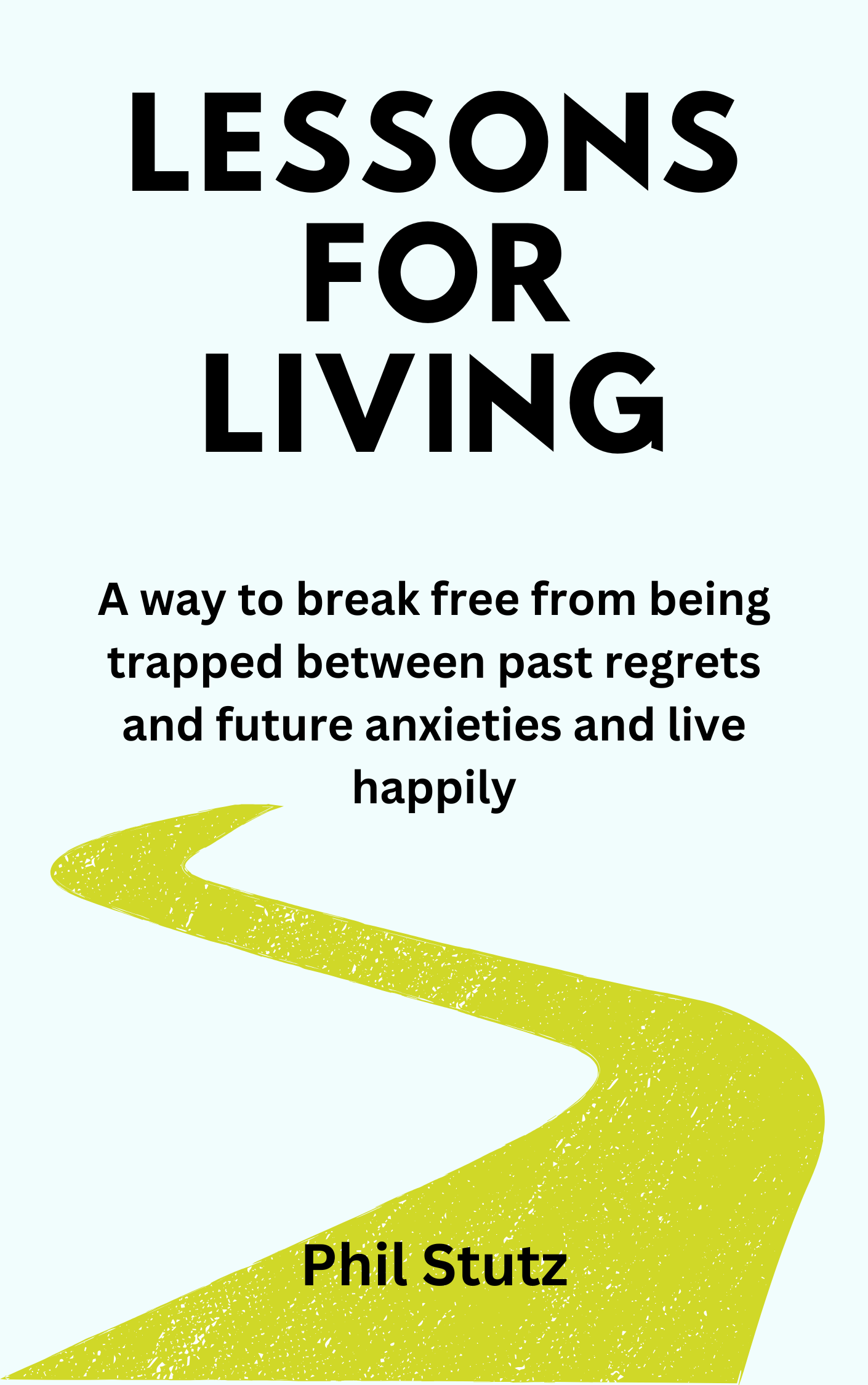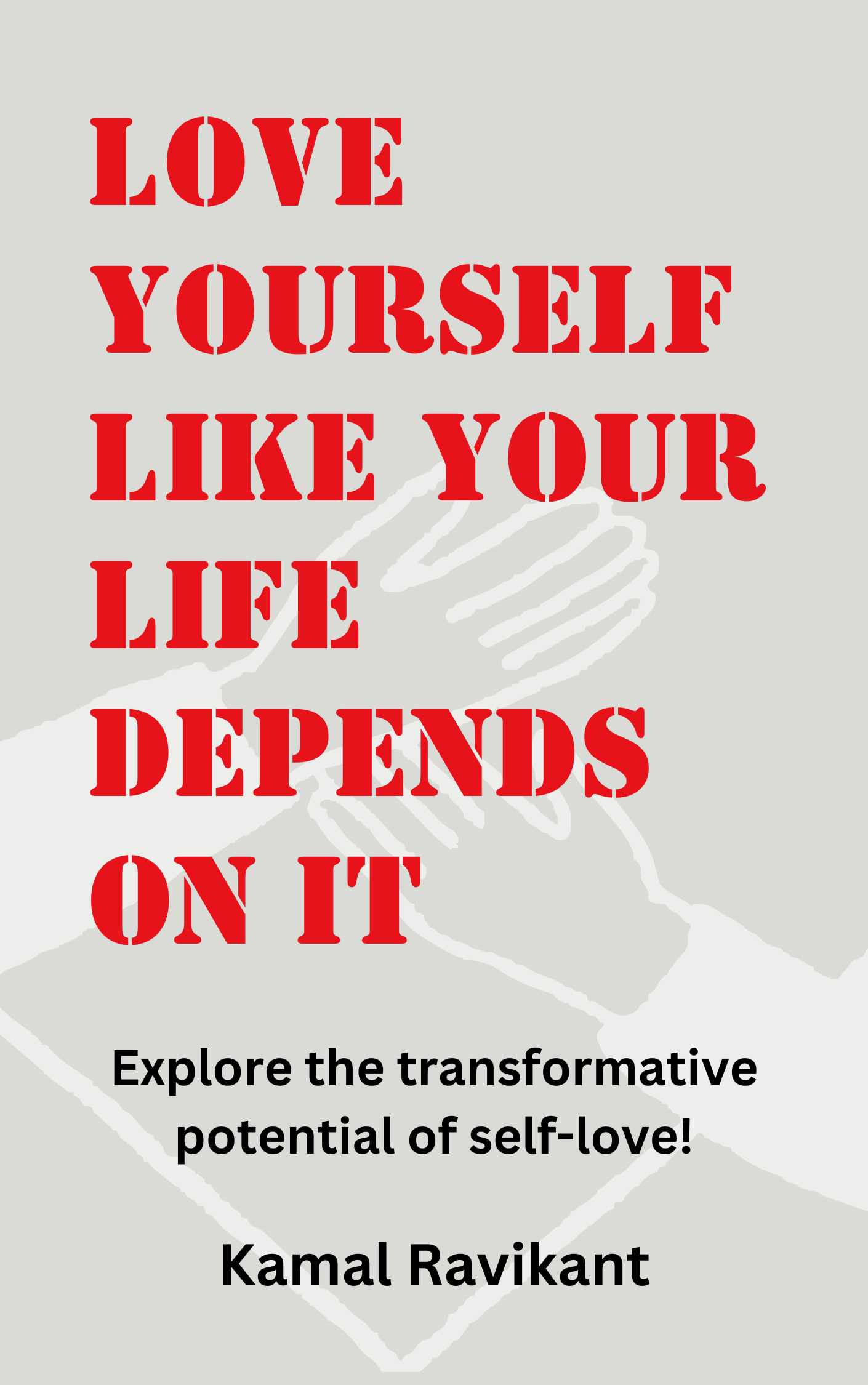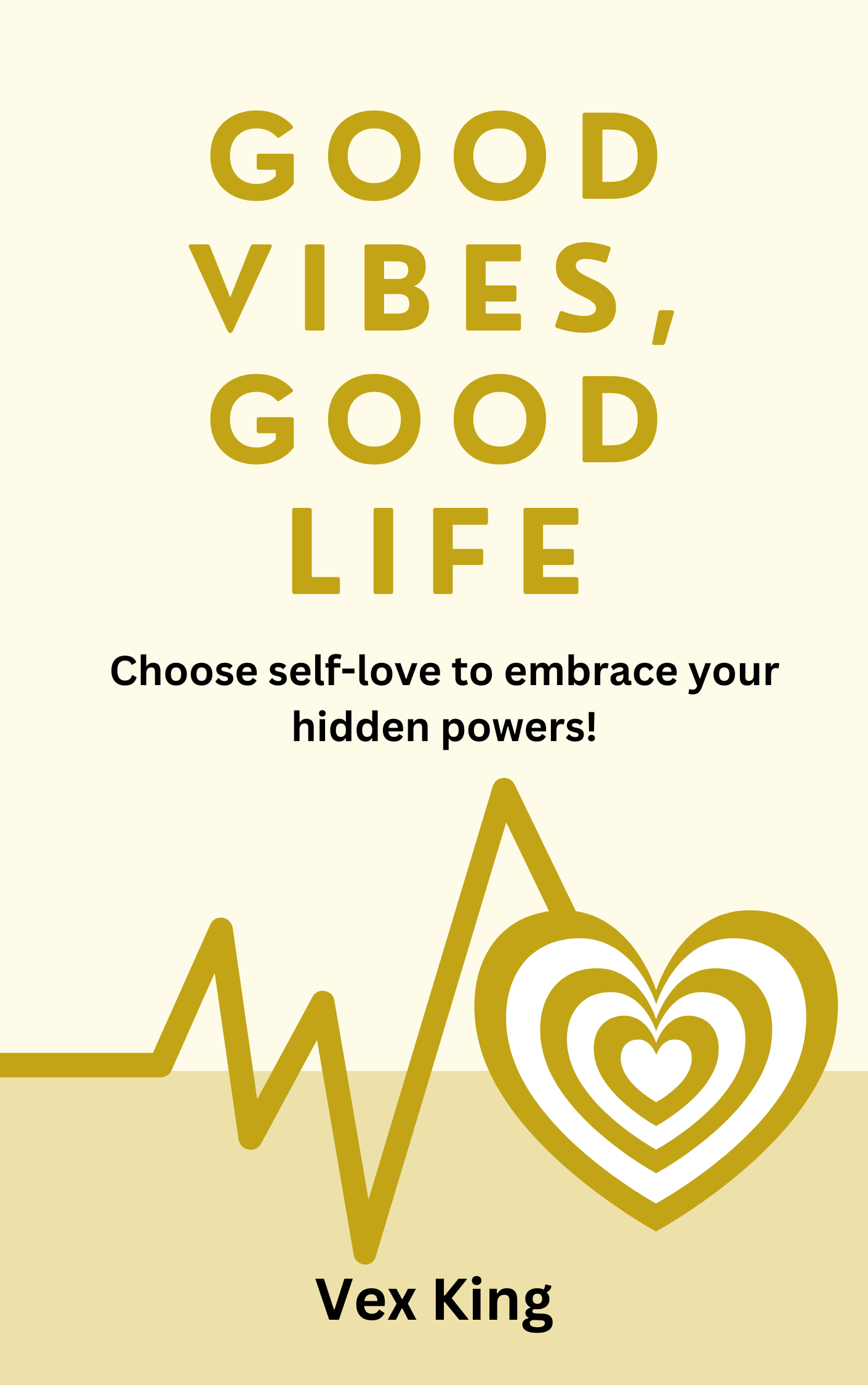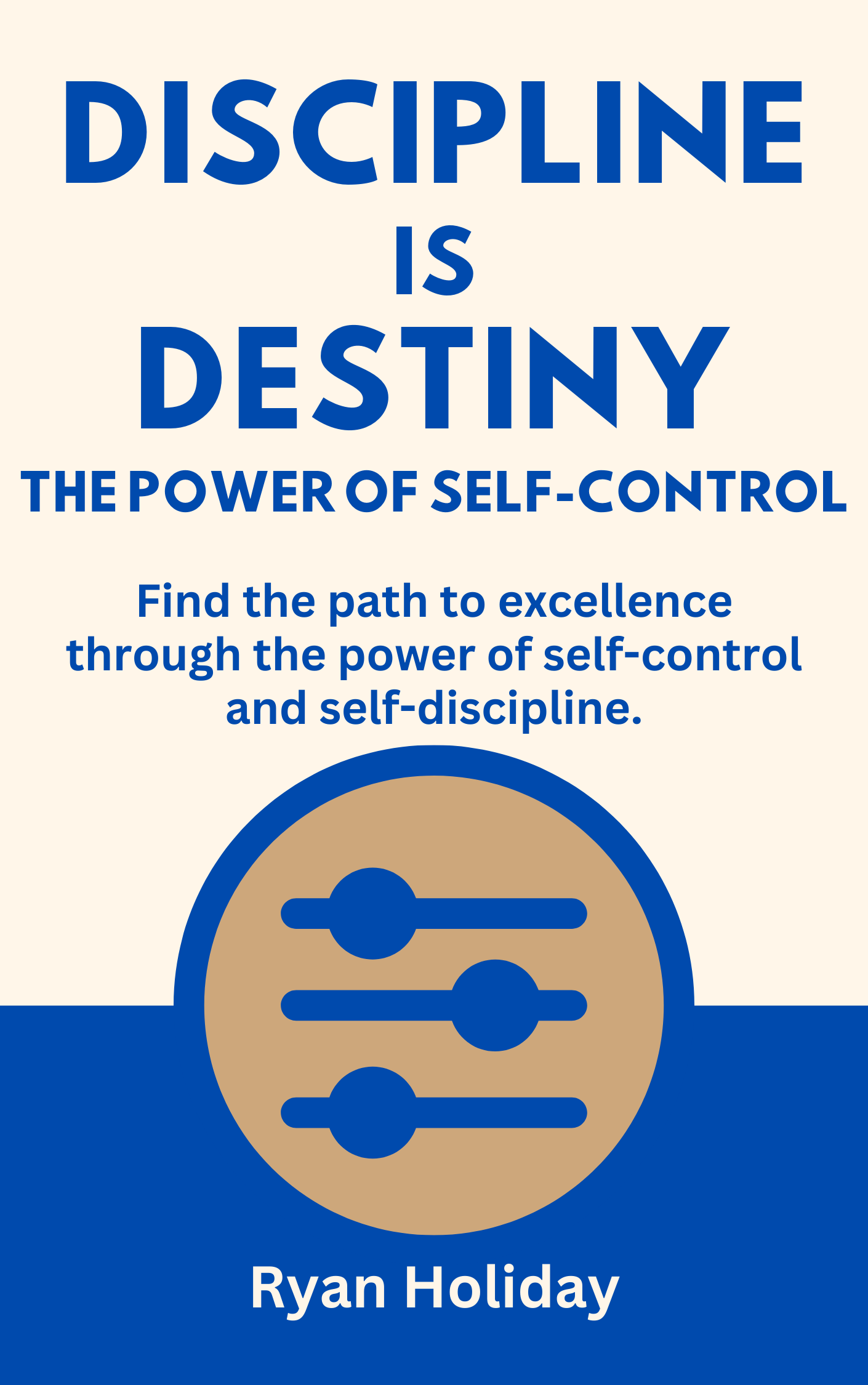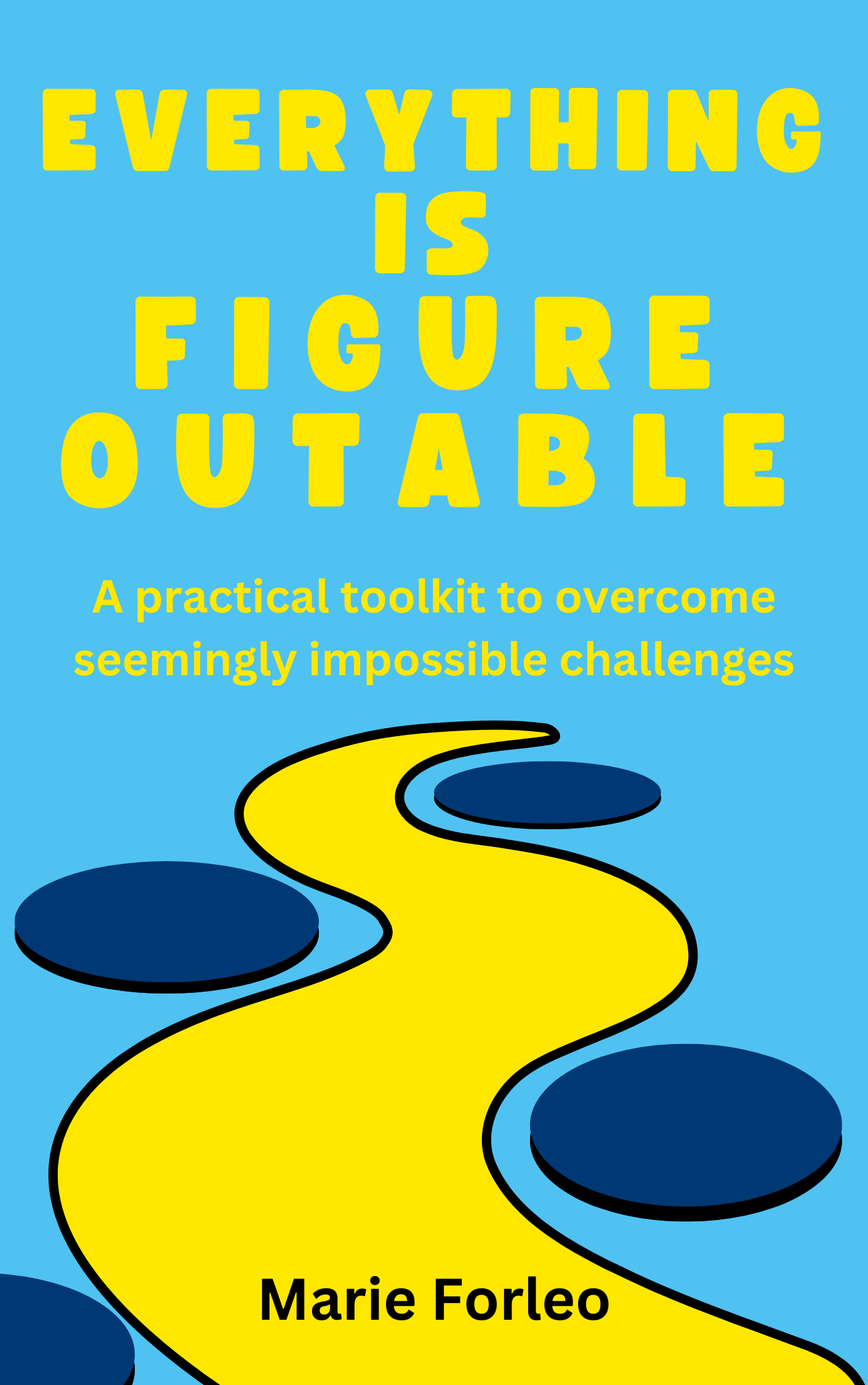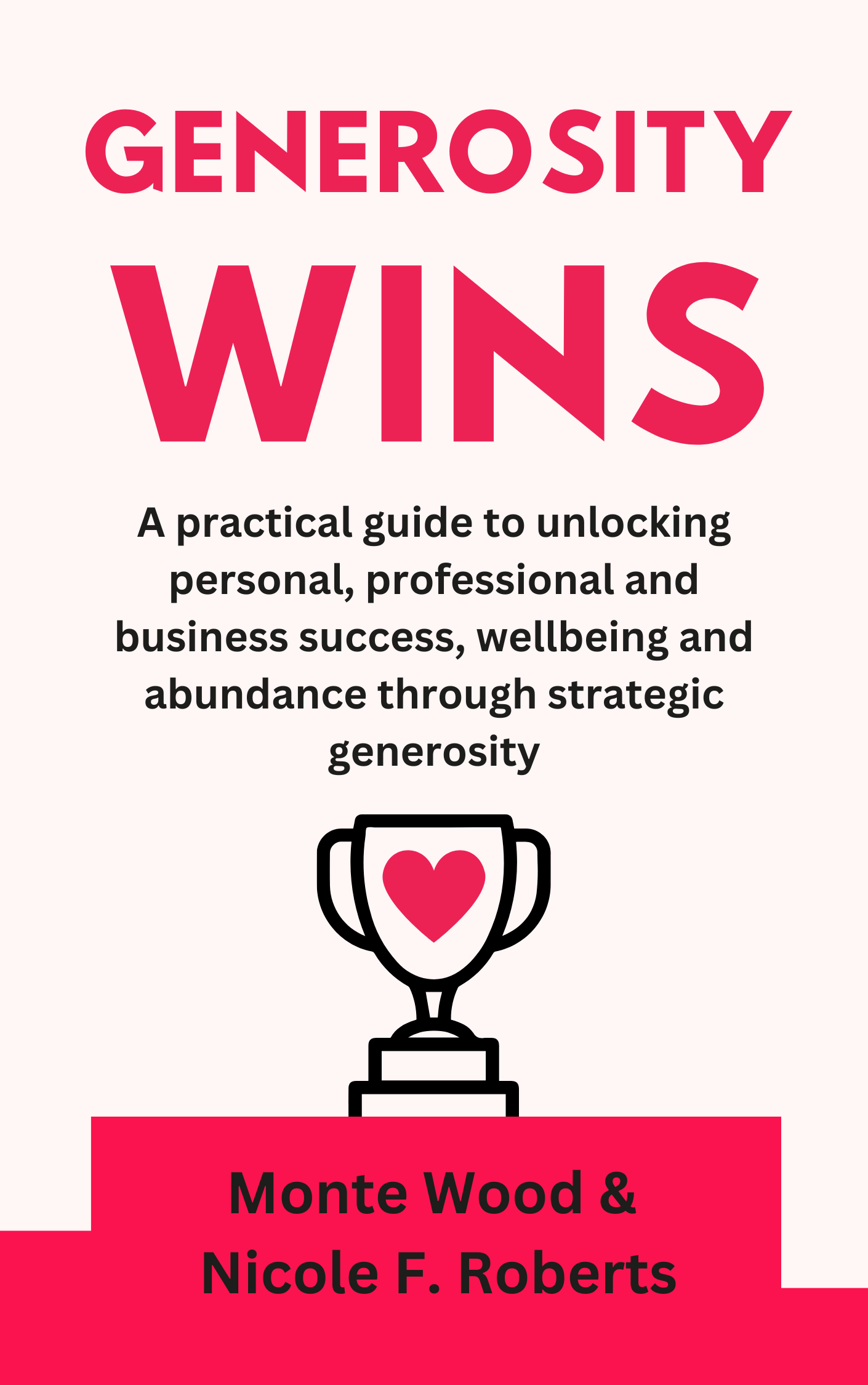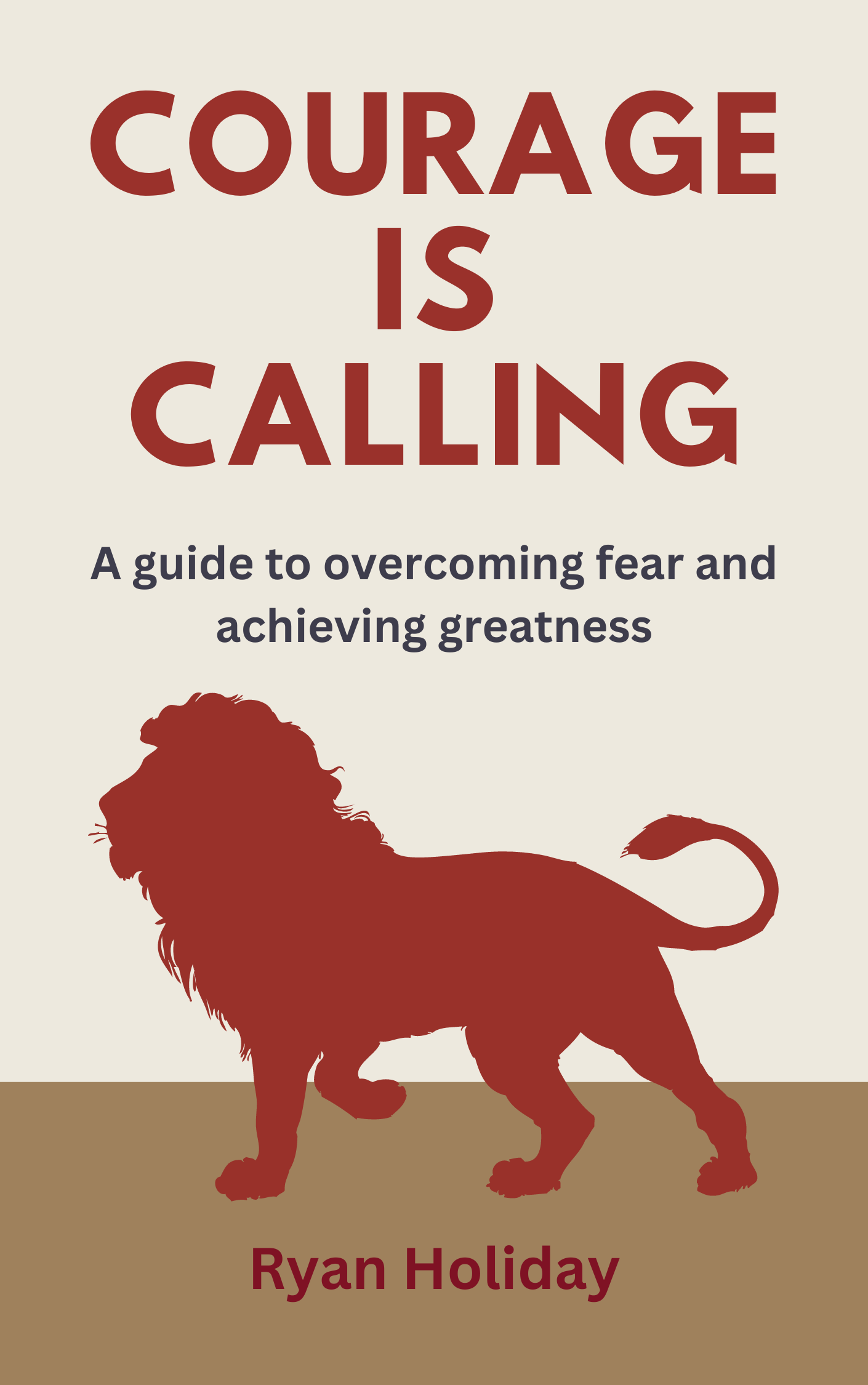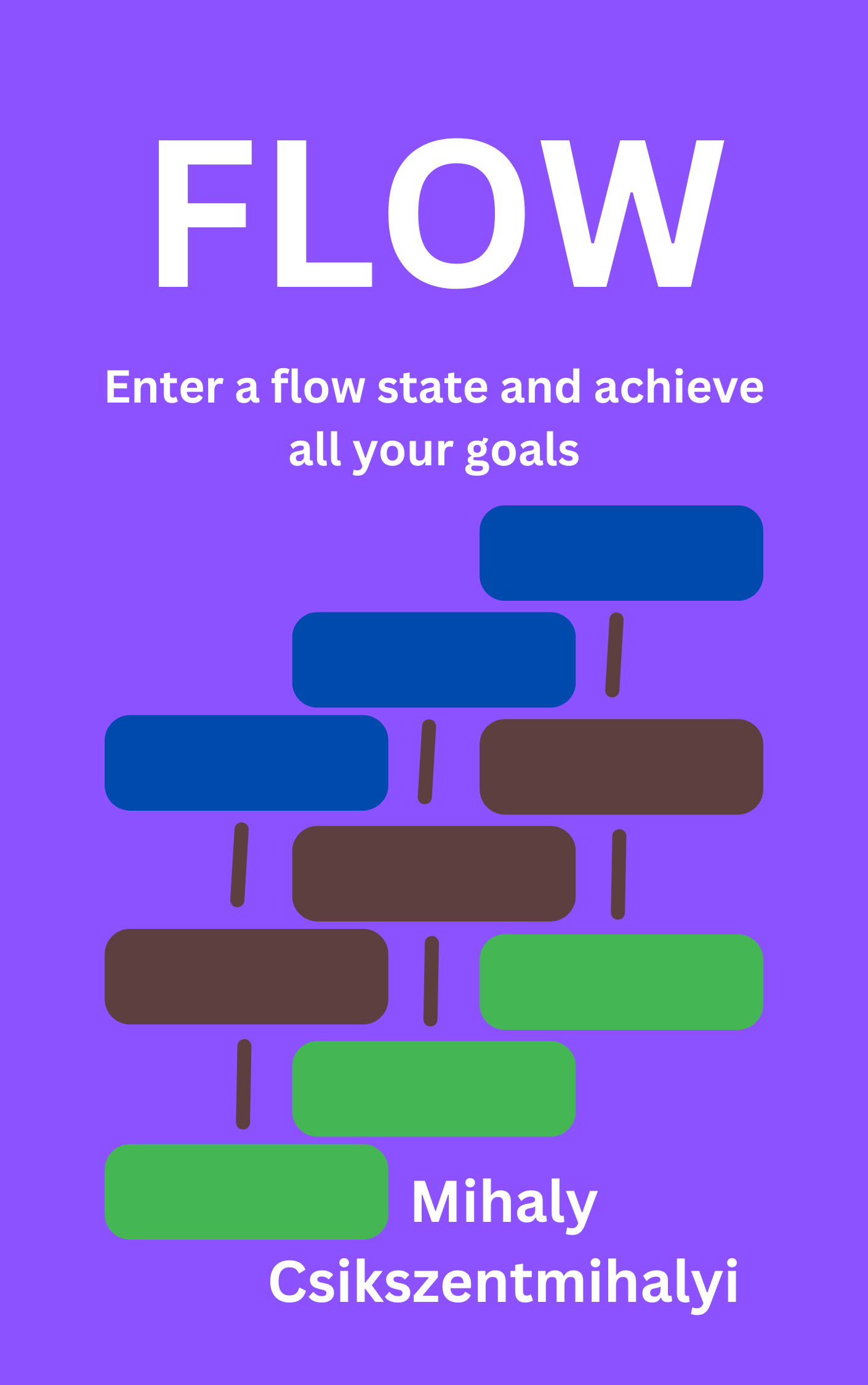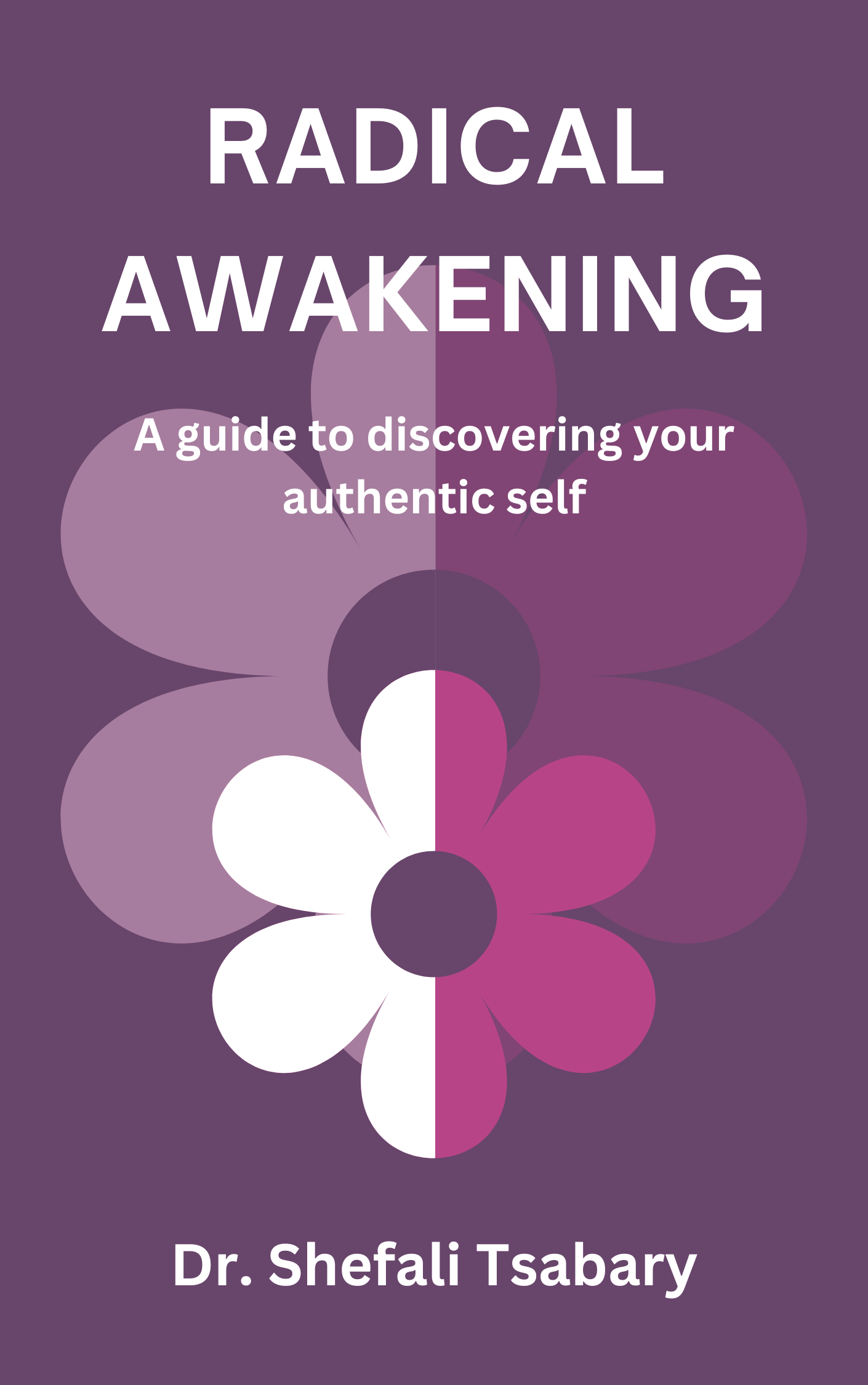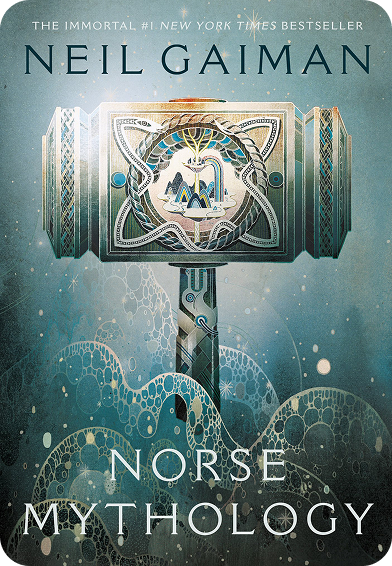Introduction
The DNA of a Worthy Goal
The foundation of everything in How to Begin is the idea of the Worthy Goal. But not all goals are worthy. Some are too safe, some are vanity projects, and others are too vague to be helpful. So how do you know when a goal is worth your time and energy? The book proposes a powerful triad: a Worthy Goal must be Thrilling, Important, and Daunting. Think of these as the three legs of a stool - remove one, and your goal won’t hold up.
A Thrilling goal lights you up from within. It’s something you genuinely want to do - not just something you “should” do. It energizes you, makes your heart race a little. For example, one of Stanier’s early versions of a goal was simply “create a new, top-notch podcast.” But it didn’t excite him. Only when he refined it to something bolder - “launch a podcast that breaks into the top 3% within a year” - did it start to feel thrilling.
The second leg is Important. This means the goal connects to a broader mission. It serves more than just your ego. An Important goal contributes to something larger than yourself, like helping a community, advancing justice, or leaving a legacy.
Lastly, the goal needs to be Daunting. That’s the edge where growth happens. It should be just scary enough to make you sweat a little. If your goal feels too comfortable, it’s probably not pushing you far enough. Daunting goals stretch your identity. They force you to learn, risk, and commit.
This trifecta ensures that your goal has enough fuel to drive sustained effort. If it lacks any one element, it’s likely to wobble. Stanier uses the metaphor of a three-legged stool to hammer this home: if your goal is thrilling and important but not daunting, you’ll get bored. If it’s important and daunting but not thrilling, you’ll lose motivation. All three must be present.
And here’s the best part: your goal doesn’t have to be “world-changing” in scale. The key is that you find it thrilling, important, and daunting. That’s your starting point. Once you've grasped the DNA of a Worthy Goal, the next step is to stop overthinking and start writing.
The Crappy First Draft
Meet the “Crappy First Draft.” This concept is refreshingly simple: instead of waiting until you have a perfect idea, just scribble down something quick and messy. Don’t spend hours polishing. In fact, Stanier encourages you to take no more than five to ten minutes.
The purpose of this exercise is to bypass the inner critic - the voice that says your idea isn’t good enough yet. When you put something down on paper, even if it’s vague or awkward, you create something you can work with. Whether your idea is “Start a food blog,” “Create a kids’ coding app,” or “Write a sci-fi novel about empathy,” just get it out of your head and into the world.
Stanier recommends starting with free word association to expand your initial draft. For example: from “Goal to Outcome to Benefit to Next Benefit.” A basic goal like “Build an online course” might yield outcomes like “Reach 1,000 learners,” benefits like “Help people learn career skills,” and ripple effects like “Support economic mobility.” These reflections help you flesh out the meaning behind your idea.
Eventually, you’ll refine this messy draft into a clear one-sentence statement. You might turn “Create a new, top-notch podcast” into “Launch a podcast that’s in the top 3% of all shows within 12 months.” As you revise, keep returning to the three pillars - Thrilling, Important, and Daunting. Ask yourself: does this STILL light me up? Does it serve a greater purpose? Does it scare me a little?
This draft isn’t final. In fact, it shouldn’t be. It’s a living idea that will evolve. But now, you have something tangible - a flag planted in the ground. Something real to build on. That’s how bold work begins: not with perfect clarity, but with an imperfect first draft and the willingness to improve it.After sketching out a first draft, the next phase is about stress testing.
Reality Check, Part 1
The first reality check is what Stanier calls the “Spouse-ish” Test - named after the people closest to us: spouse, partner, sibling, or best friend. This is someone who knows you well enough to spot when you’re bluffing and cares enough to tell you the truth.
The test is simple: share your one-sentence goal with this person and pay close attention to their reaction. You’re listening for one of three responses. First, a strong “Yes!” - the kind of enthusiastic encouragement that suggests you’ve tapped into something meaningful and bold. Second, a flat “Yes…” - which often means “you’ve been talking about this forever, just do it already.” And third, a clear “No!” - which might come out as “this is not for you” or “you’re biting off more than you can chew.”
These reactions aren’t definitive judgments, but they’re revealing. A lukewarm response could mean your goal lacks heat - maybe it’s not thrilling enough. A strong pushback might signal that it’s too vague, not truly yours, or simply not right at this moment. Either way, you get valuable feedback. But remember, you’re still the final judge. The point isn’t to outsource your decision, but to see your goal reflected through the eyes of someone who really gets you.
Stanier talks about how his own goal initially drew polite nods. But only after clarifying it - and adding more spice and specificity - did he start getting the wide-eyed reactions that signaled he was onto something real. If your confidant’s reaction is confused or hesitant, don’t panic. Use it as fuel. Go back, revise, reframe. You’re shaping a goal that fits you and resonates with the world.
Even if your idea excites others and passes the Spouse-ish Test, there’s another layer to examine…
Reality Check, Part 2
Does your Worthy Goal actually have scope? Is your goal too small? Too huge? Or just right? Consider the metaphor of the Goldilocks Zone - the sweet spot where a goal has enough challenge to be meaningful but isn’t so vast it becomes paralyzing.
On one end of the spectrum are goals that are too small. Think “go to bed by 10 p.m.” or “read one book this month.” While these might improve your life, they rarely meet the bar of being thrilling, important, and daunting. They’re safe. Familiar. But unlikely to transform you or anyone else.
On the other end are the overly grand and abstract goals - “end poverty,” “be happy,” or “solve climate change.” These goals are noble but often so huge and undefined that they become overwhelming. There’s no clear next step. And that makes it hard to begin.
The Goldilocks Zone sits between these extremes. A goal like “Start a mentorship program in my community for 20 high school students within the next year” has clarity, scope, and enough heft to be worth pursuing. It might feel slightly out of reach - but not so far that it feels impossible.
One trick to testing this balance is to ask: Do I know what the first three steps would look like? If the answer is no, your goal might need narrowing. If the steps feel obvious and easy, you might need to add more challenge.
This test isn’t scientific. It’s intuitive. It’s about how the goal feels in your body. If your breath shortens slightly, your pulse quickens, and your inner critic starts whispering “Can you really pull this off?” - you’re probably in the Goldilocks Zone.
The point is not to shrink your dreams but to shape them. You want a goal that stretches you, fits your life, and has a clear enough boundary that you can begin.
All in place? It’s time to kick it up a notch!
Turn Up the Heat
Once you’ve fine-tuned your goal to be Thrilling, Important, and Daunting - and it’s survived the Spouse-ish and Goldilocks tests - it’s time to “spice it up,” a phrase Stanier borrows from a quirky Thai restaurant in Toronto that lets customers choose their dish’s heat on a 1 to 20 chili scale. That metaphor captures the next move: take your goal and make it hotter, bolder, and more specific by adding strategic detail.
Again, the point isn’t to make your goal overwhelming, but to raise the ambition level just enough that it energizes you even more. You do this by adding qualifiers - words that give your goal dimension. For instance, instead of saying “Start a nonprofit,” you could say “Start a nonprofit that provides weekly meals to 100 local families within six months.” That version has spice - it has a timeline, a target, and measurable impact.
Stanier offers several “spice” categories to play with: Time, Reach, Outcome, Mode, and Standards. You might clarify your Time commitment (“four hours a week” or “full-time”), your Reach (“local” versus “10,000 users”), and your Outcome (“top 3% podcast,” “sustainable revenue,” or “bestseller”). You could even tweak the Mode - are you doing this solo or with a team? Passionately or cautiously? And finally, what Standard are you aiming for - elite, competent, or simply good enough?
These layers of specificity sharpen your mission and make it feel real. It’s no longer just a wish - it’s a target. That added pressure isn’t meant to stress you out, but to focus your energy. It gives your brain something to lock onto.
The great thing about the Chili Scale method is that you control the spice level. Maybe you’re ready to go full “20 chili” on one element (like reach) but stay mild on another (like time commitment). That’s fine. What matters is that your goal isn’t bland. It should spark something inside you and challenge you to rise.
This “spicing up” step also guards against perfectionism. You’re not committing to lifelong mastery - just declaring your intent with a bit more heat. And like adding chilies to a dish, you can always adjust the flavor as you go. But until then, turn up the ambition and let your Worthy Goal sizzle.
And now, just one more hurdle before committing fully…
Reality Check, Part 3
Make the Leap
With your goal now sharpened, tested, and clarified, you’ve arrived at the most crucial moment: commitment. It’s not about shouting your intentions from the rooftops or crafting a ten-year strategic plan. It’s about making the quiet, firm decision: I’m in. Not “I’m thinking about it” or “I’ll try” - but “I’ve started.”
And that’s exactly what you must do. Start.
Stanier warns against the seductive trap of “pseudo-action” - the illusion of progress. You know the drill: making to-do lists, researching endlessly, tweaking your mission statement for the hundredth time. It feels productive, but nothing actually moves. Real progress begins when you take concrete steps - when you send the email, write the paragraph, make the first call.
One of the most helpful hacks from the book is the idea of breaking your Worthy Goal into small, consistent actions. If your goal is to write a book, your first action might be “write one crappy page.” If your goal is to launch a business, it might be “interview three potential customers this week.” These micro-movements lower the friction of starting and build momentum.
Stanier also recommends working in six-week cycles. Treat them like creative sprints. At the end of each one, pause and ask: What went well? What didn’t? What’s the next experiment? This rhythm helps you iterate without getting stuck in perfectionism. It also makes long-term goals feel manageable.
Perhaps the most powerful reminder in this final section is that life is finite. Time is not a renewable resource. If you’ve landed on a goal that passes all the tests - if it feels thrilling, serves a purpose, and stretches your boundaries - then it’s worth the risk. Because the real danger is not in failing. It’s in staying safe and never finding out what you’re capable of.
As Stanier puts it: “It’s by working the process that you make progress. It’s by doing the hard things that we unlock our greatness.” So once your goal is in hand, commit fully. Begin messy. Begin afraid. But above all, begin.






